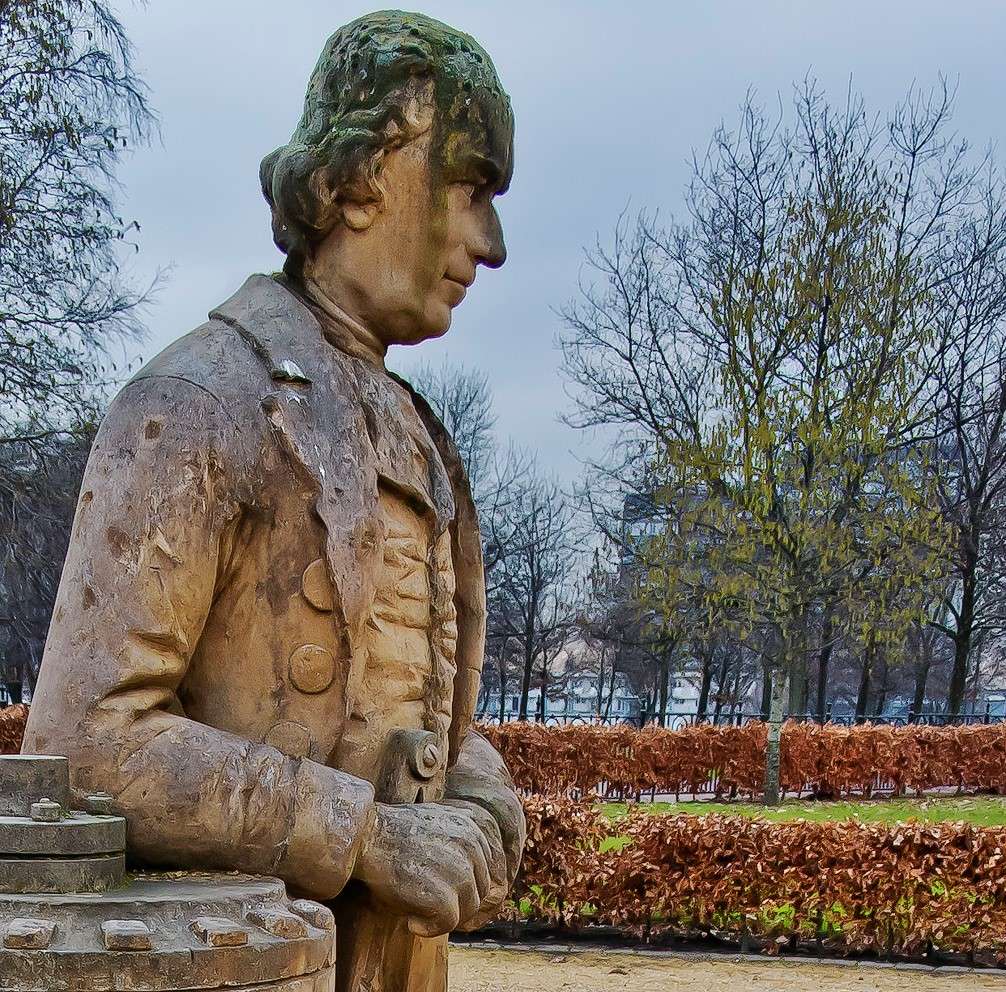The vast majority of the world’s population are aware that it was the brainchild of Scots engineer and inventor James Watt (1736-1819), while watching the action of steam from a boiling kettle of water, that eventually led to the steam engine which would, in turn, spark the Industrial Revolution. But to his aunt, the young James Watt appeared like similar idle teenagers wasting his time as he silently stared at her kettle and toyed with the condensed water drops. Although, as she continually reprimanded him for what to her was a wasteful habit, little did she realise her nephew was paving the way for his invention of the steam engine. And just to verify the foundation of his genius a first-hand account of the kettle incident of 1751 came to light in a letter from the inventor’s cousin Marion Campbell, who had witnessed her mother, Jane Muirhead, lecturing the fifteen-year-old Watt.
In her historical report Mrs Campbell relates how she and her mother sat at the tea table in their home in Greenock observing a young Watt seemingly wasting his time gazing at the actions of a boiling kettle. She relates how her mother remarked, “Jamie Watt, I never saw such an idle boy, take a book or employ yourself usefully. For the last hour you haven’t spoken one word, but taken the lid off that kettle and put it on again, holding now a cup, and now a silver spoon over the steam watching how it rises from the spout and catching and counting the drops of hot water it falls into.” She added, “It appears that when thus blamed for idleness, his mind was employed in investigating the properties of steam.” The letters eventually went to auction in 2022 following the passing of Watt’s great-great-great-grandson Lord Gibson-Watt.
Scots mastermind
James Watt was born in Greenock, Renfrewshire, in 1736, the son of a ship’s chandler and town councillor. In 1754 he moved to Glasgow to learn the skills of a mathematical-instrument maker and after moving to London he set up business. What many people don’t realise is that he was employed on surveys for the Forth and Clyde Canal as well as the Caledonian and other prominent canals. He was also accountable in the upgrading of many harbours and in the deepening of the Forth, the Clyde and several other rivers. But his main fascination was always his desire to put steam to use as a motive force and, in 1763/4 a working model of the Newcomen engine was sent to him for hopeful inspection and repair. He restored it to perfection and, utilising the imperfections of the machine, he hit upon the probabilities of the separate condenser. Soon to follow were revolutionary advancements to the air pump, the cylinder and the double-acting engine. After settling in Birmingham in 1774 he soon superseded Newcomen’s machine and went on to create the expansion principle, the double engine, the parallel motion, the smokeless furnace and the governor.
The watt, a unit of power, was named after him, while the term horsepower, another unit, was first used by him. Watt was key in also developing the rotary engine which mechanised weaving, spinning and transport. James Watt passed away in Birmingham in 1819 at aged 83 and during 1899 his belongings, including his library and papers, were moved to Doldowlod House in Radnorshire, the Welsh estate of his descendant Lord Gibson-Watt.
When the Scots mastermind’s papers went on sale a spokesperson for the London auction house maintained that people associate Newton with the apple, Bruce with the spider, and Watt with the kettle. He nominated Watt’s discovery as the most illustrious and, but for him, and his visions, the Industrial Revolution might never have taken place. James Watt was not only the most prolific innovator imaginable, but he also possessed one of the greatest minds of his time.
As a matter of interest, Watt’s marine-engineer son, also named James (1769-1848), fitted the engine to the first English steamer to leave port in 1817 — its name was the Caledonia.
Main photo: A statue of James Watt at Glasgow Green. Photo: dun_deagh/Wikimedia cc-by-sa-2.0.

